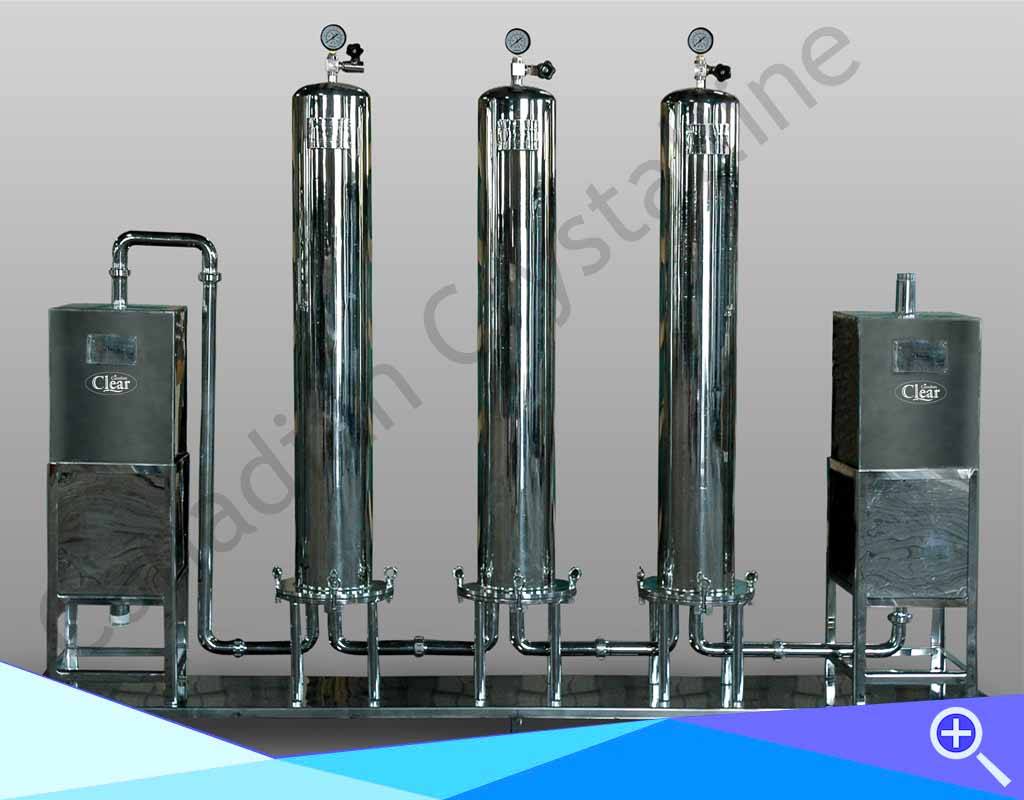Waste Water Desalination Plant
The best water treatment plant manufactures Seawater desalination is quickly rising like one of the most important new resources of freshwater for the developed and some areas of the developing world, considerably raising the overall energy intensity, potential climate impact and cost of water supplies. This dramatic up scaling of the industry is happening in opposition to a backdrop of unsettled questions on the possible ecological impacts of great scale processing of seawater habitat and the liberation of growing volumes of intense brine wastes. Where seawater recognized desalination to be a part of meeting a real water need in the most cost efficient and least harmful way, desalination plants need sited, constructed and operated to best diminish or alleviate their ecological impacts. As the world gradually more approaches to the understanding that a combination of population enlarges, development demands and climate change means freshwater will be in constantly diminutive supply in rich and poor areas of the world alike. There is growing attention in desalination as a system for tapping into the huge and infinitely tempting water supplies of the sea. This is no new dream, and for centuries, it has been technically achievable to split the salt and the water. But widespread desalination for the reason of broad water supply for land-based communities has been limited by its great cost and it is outstanding that the area where desalination at present makes by far the greatest input to urban water supplies is in the oil-rich and water poor States around the Persian Gulf. Now, on the other hand, developments in the knowledge of desalination, attached with the rising cost and increasing unreliability of conventional water supplies, are fetching desalinated water into more focus as a general water supply alternative, with major plants in function, in planning or under thought in North Africa, Europe, North America, China, Australia and India among others. In 2004, scientists estimated that seawater desalination capacity would increase 101 per percent by 2015, adding an extra 31 million m3 (cubic meter) per day. In desalinating brackish waters and recycling water generally, the dominant membrane based technologies would also extensively be in use. However, these forecasts seem certain exceeded, regarded as daring at the time by wide margins. The forecast for China and India is desalinating 650,000 m3 per day by 2015, but China alone has recently announced plans to be desalinating 1 million m3 of seawater a day by 2010 increasing to 3 million m3 a day by 2020.
Read Related






























 Toll Free
Toll Free
